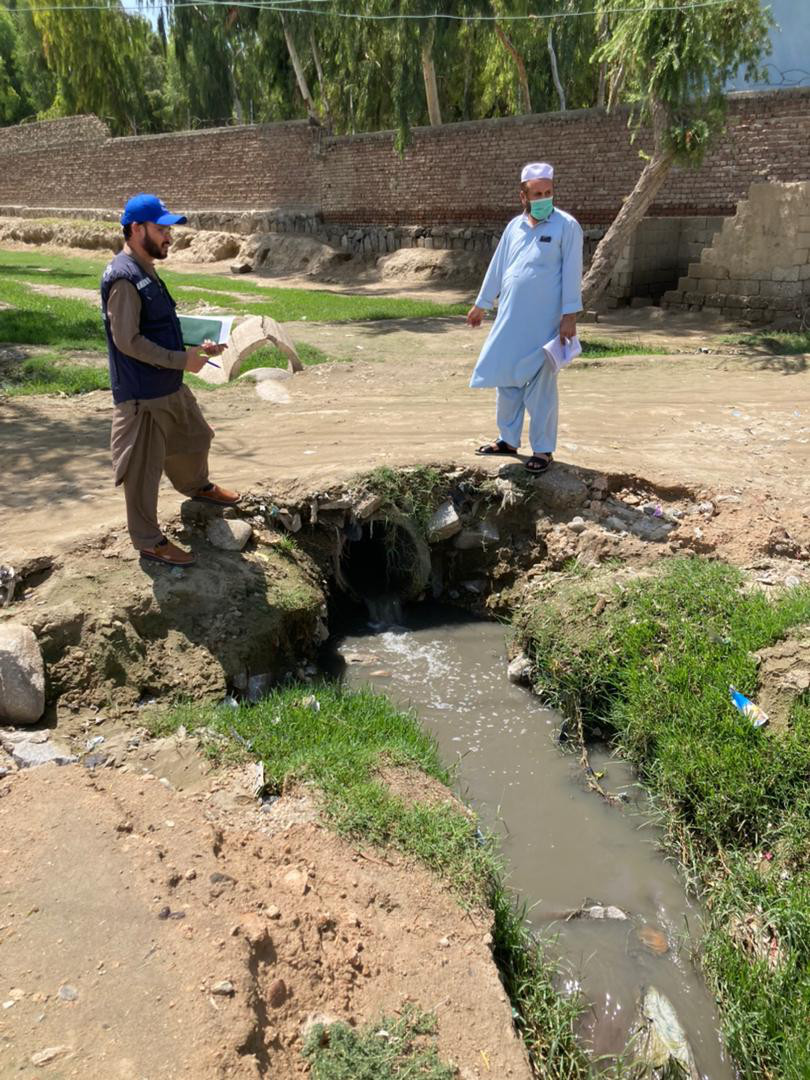In 1988, the World Health Assembly adopted a resolution for the worldwide eradication of polio, marking the launch of the Global Polio Eradication Initiative, spearheaded by national governments, WHO, Rotary International, the US Centers for Disease Control and Prevention (CDC), UNICEF, and later joined by the Bill & Melinda Gates Foundation and Gavi, the Vaccine Alliance.
Wild poliovirus cases have decreased by over 99% since 1988, from an estimated 350 000 cases in more than 125 endemic countries to 12 reported cases in 2023. Of the 3 strains of wild poliovirus (type 1, type 2 and type 3), wild poliovirus type 2 was eradicated in 1999 and wild poliovirus type 3 was eradicated in 2020. As at 2024, endemic wild poliovirus type 1 remains in two countries: Pakistan and Afghanistan.
